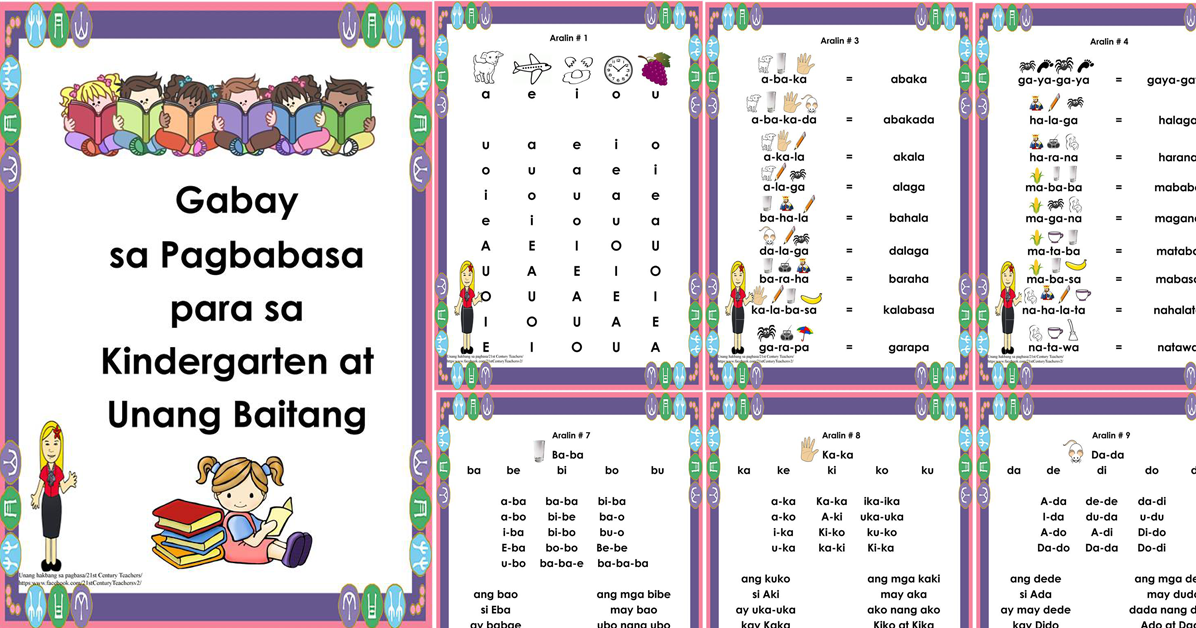

As it evolves, it shall be further developed and enriched on the basis of existing Philippine and other languages.” (Emphasis mine.)Īs implementer of the language provision, the Department of Education, together the Surian ng Wikang Pambansa (later, Linangan ng Wikang Pambansa) or Institute of the National Language, both precursors of KWF and both then under the aegis of the Department (Ministry previously), had first issued a directive in 1973, and based on the existing 1973 Constitution, stating to the effect that the Filipino alphabet consisted of 36 letters based on the Spanish one. The national language of the Philippines is Filipino. While the letter F and seven others were not directly legislated, it was the name “ Filipino” that was specifically mentioned in the 1987 Constitution at the instance of the language committee (of the Constitutional Convention) then headed by linguist and University of the Philippines professor Ernesto Constantino. The previous statement may be inaccurate. Eight “new” letters have been legislated into the language: F, C, J, Ñ, Q, V, and Z.īut hold it there. The simple and most direct reason for the presence of the letter F in Filipino (the language and the orthography) is the 1987 Constitution of the Republic. I will be quoting liberally from both sources but will avoid cumbersome inverted commas and repetitious citations. The two articles in question are “Madalas Itanong Hinggil sa Wikang Pambansa” (Frequently Asked Questions on the National Language), a pamphlet, and the long monograph “Purismo at ‘Purismo’ sa Filipinas”. For our purposes, our main source would mainly be two important articles or monographs he has prepared and with which I am familiar since I have been requested by him to translate said articles into English.Īlmario felt that the articles must reach the English-speaking sector in the Philippines, who this late needs convincing of the importance of a national language, or needs updating on the history and development of the “adolescent” beast called “Filipino,” which when they were not looking had grown by leaps and bounds into a robust and sprightly adult. Almario, current chairman of the Komisyon sa Wikang Filipino (KWF), has made the effort to compile a written history of the language. Right now, only National Artist for Literature Virgilio S. The history is simple and may be traced to the rare recounting of the development of the National Language called “Filipino,” and its root and basis, Tagalog. “Past and current” means that a little history may help resolve the issue and that Filipino names like “Pablo Fernandez” and not “Pablo Pernandez” are perfectly all right, and that even the original “ talyada” or screaming gay character created by the komiks writer Mars Ravelo, “Facifica Falayfay” - made into a rollicking and sympathetic film by the National Artist Lino Brocka, and given flesh onscreen by the late great comedian, Dolphy - has a perfectly possible spelling.


Just these two instances will demonstrate the inconsistency in past and current speech and orthography, or the oral and written speech of Filipinos. On the other hand, the same speakers whose parents were more or less educated in the old Hispanized orthography, or later in American English, do in fact use the letter F in pronouncing surnames like Fernandez or first names like Fidel.


 0 kommentar(er)
0 kommentar(er)
